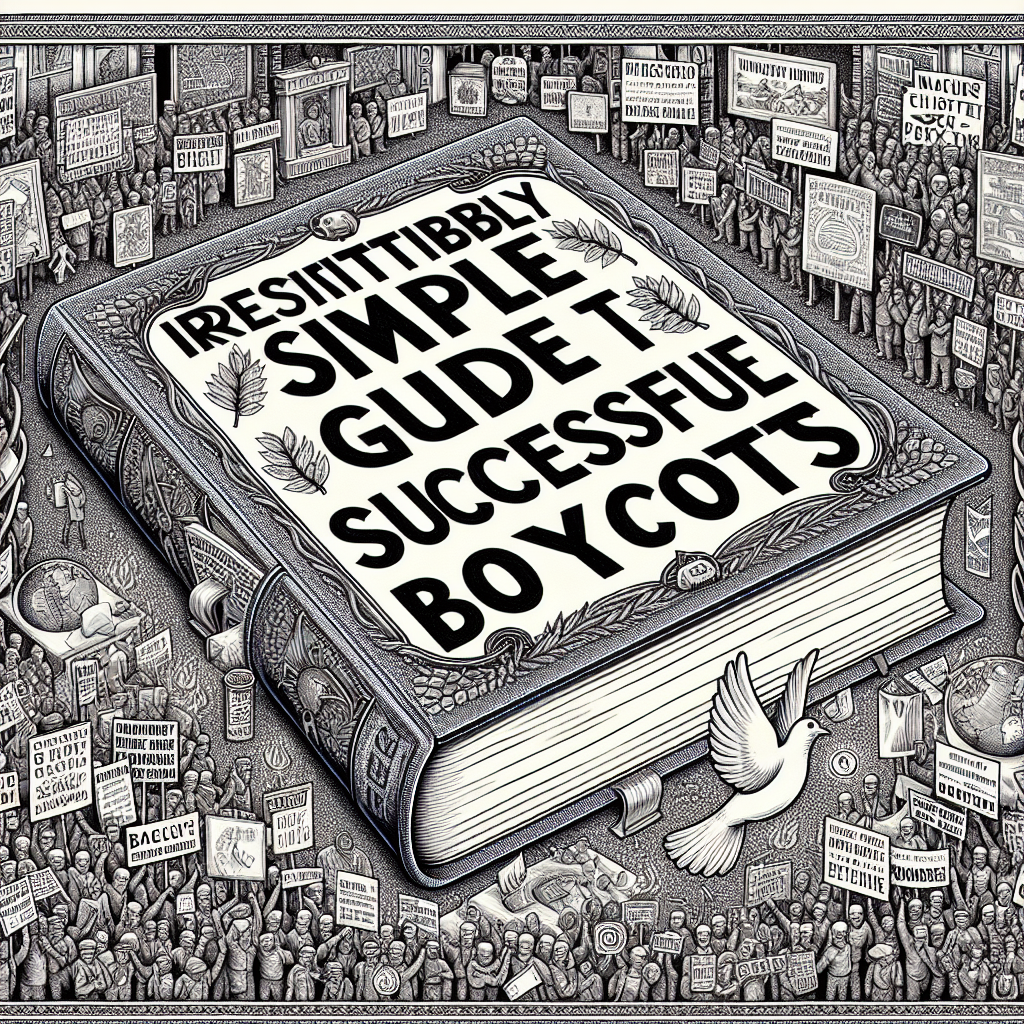
Introduction to Boycotts
The power of a boycott is immense. When people unite to stop buying a product or service, they can make a big change. This form of protest has been used throughout history to challenge wrong practices. In other words, boycotts are a tool for those who want to see justice in the world. They show that people have a voice and can demand change. The choice of where to spend money is in the hands of the buyers. Therefore, boycotts can be a powerful way to express values and principles.
Boycotts in History
Boycotts have a long history. One of the first famous boycotts happened in Ireland in 1880. Irish tenants wanted lower rents and better rights. They refused to deal with a land agent named Charles Boycott. The protest worked and the term “boycott” was born. This event showed that people could achieve their goals by banding together. It was a remarkable demonstration of collective action. Likewise, it inspired others to use the same method to seek justice.
The Montgomery Bus Boycott
In the United States, the Montgomery Bus Boycott is a well-known example. In 1955, Rosa Parks refused to give up her seat on a bus. Her arrest sparked a 381-day boycott of the Montgomery bus system. This boycott was a pivotal event in the Civil Rights Movement. It showed the power of unity in fighting racial discrimination. As a result, the Supreme Court ruled that bus segregation was unconstitutional. The success of this boycott demonstrated that peaceful protests could lead to real change.
Gandhi and the Salt March
Another notable boycott took place in India. In 1930, Mahatma Gandhi led the Salt March. The British controlled salt production and imposed heavy taxes. Gandhi and his followers marched 240 miles to make their own salt. This act of civil disobedience inspired millions to join the movement. The boycott was a vital step in India’s struggle for independence. It highlighted the importance of non-violent resistance and the power of the people.
South Africa and Apartheid
The boycott against apartheid in South Africa is another example. This system of racial segregation was deeply unjust. People around the world boycotted South African goods. They also pressured their governments to impose sanctions. This global movement helped dismantle apartheid. Because of the boycott, South Africa became a symbol of human rights victory. It showed that international support could bring about significant political change.
The Boycott of Nestlé
In the 1970s, Nestlé faced a boycott for promoting baby formula in developing countries. Critics said this practice harmed breastfeeding and led to malnutrition. The boycott raised awareness about the issue and led to changes in marketing practices. Nestlé eventually agreed to follow international guidelines. This boycott demonstrated that companies could be held accountable for their actions. It was a vital step towards ethical business practices.
Modern-Day Boycotts
Today, boycotts continue to be a tool for change. People boycott companies for environmental reasons, labor practices, or political affiliations. With social media, boycotts can spread quickly and gain support. The digital age allows for greater coordination and communication. As a result, boycotts can reach a wider audience and have a larger impact. They remind companies that consumers have expectations and demands.
Conclusion: The Power of Choice
Boycotts show us the power of choice. They teach us that spending decisions can reflect values. When united, people can bring about change and hold companies accountable. The history of successful boycotts is a testament to this power. By remembering these lessons, we can build a better future. Therefore, consider joining movements that align with your beliefs. Together, we can make the world a more just place.
For more information on the impact of boycotts, visit History.com or explore the detailed analysis at Britannica.